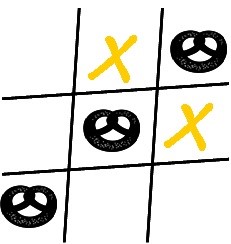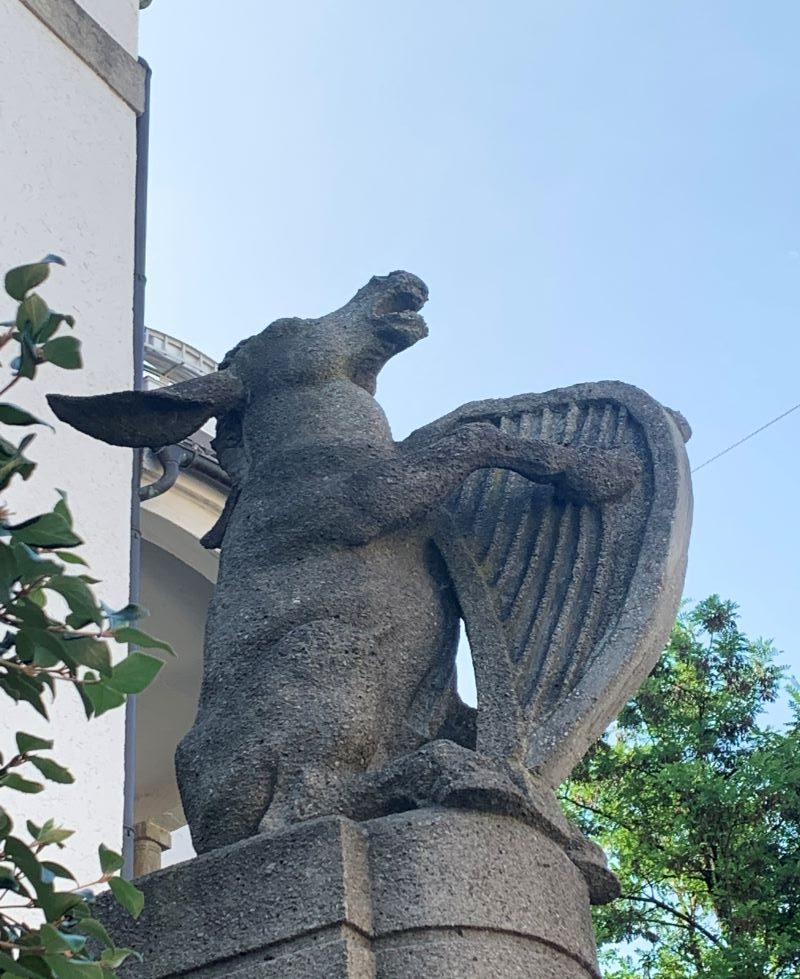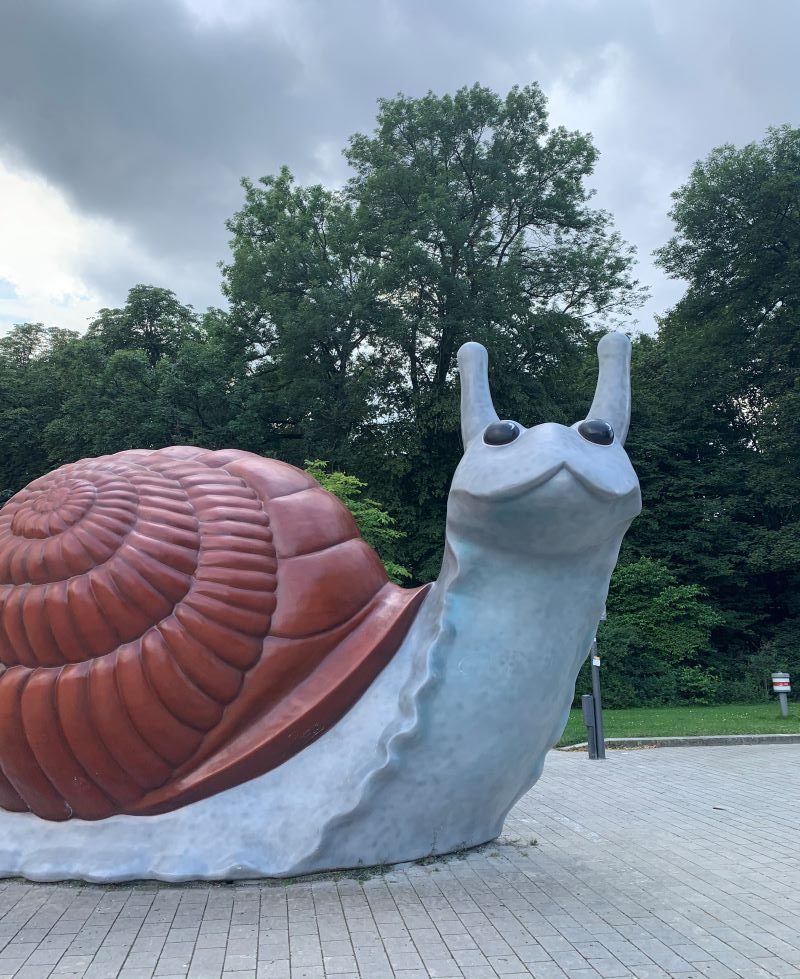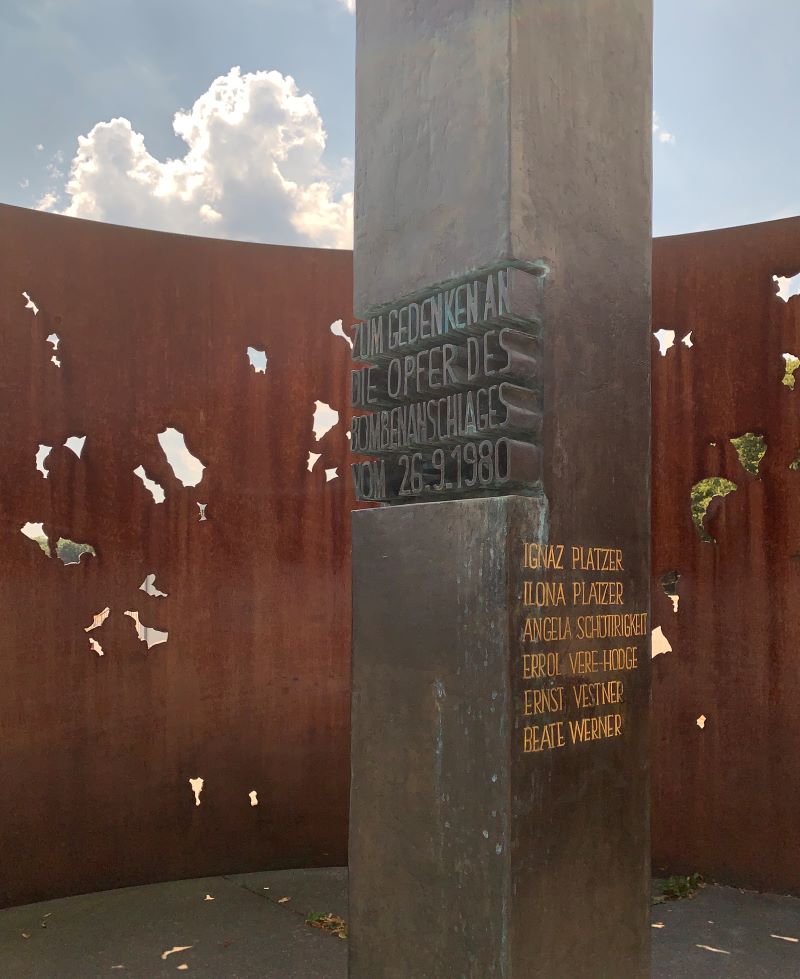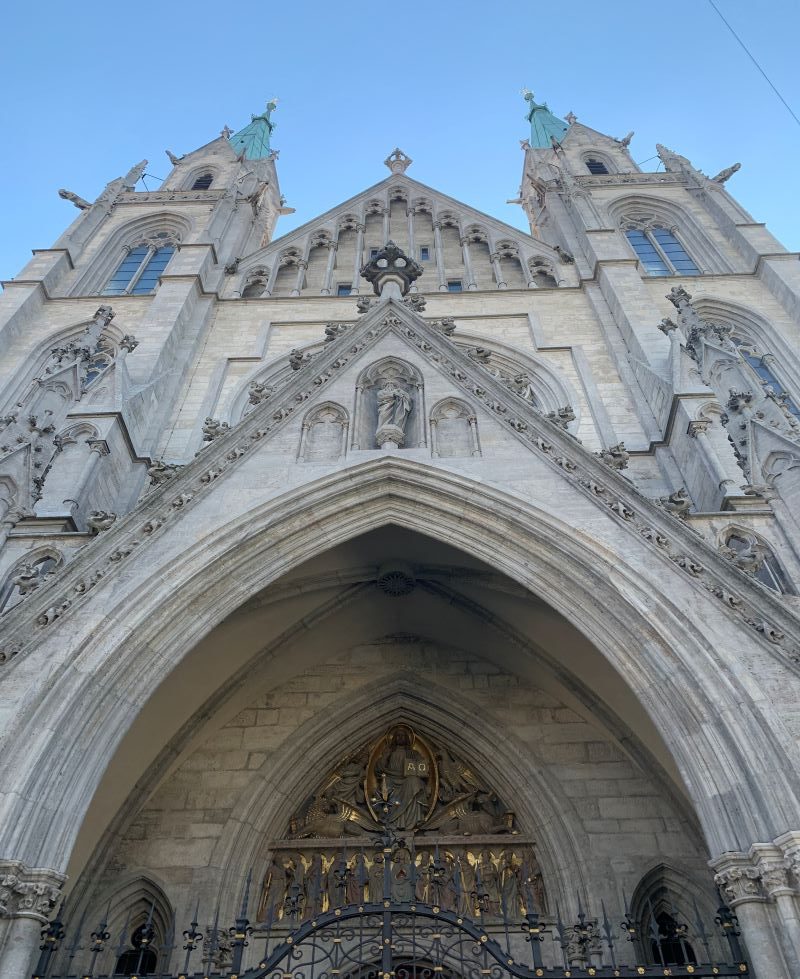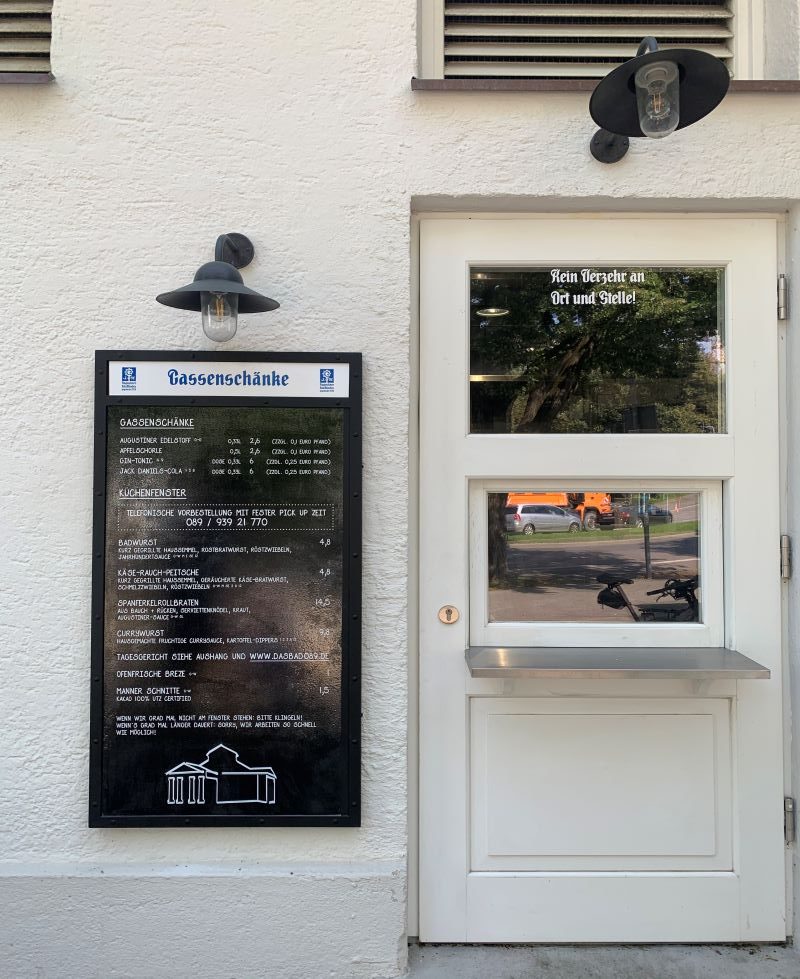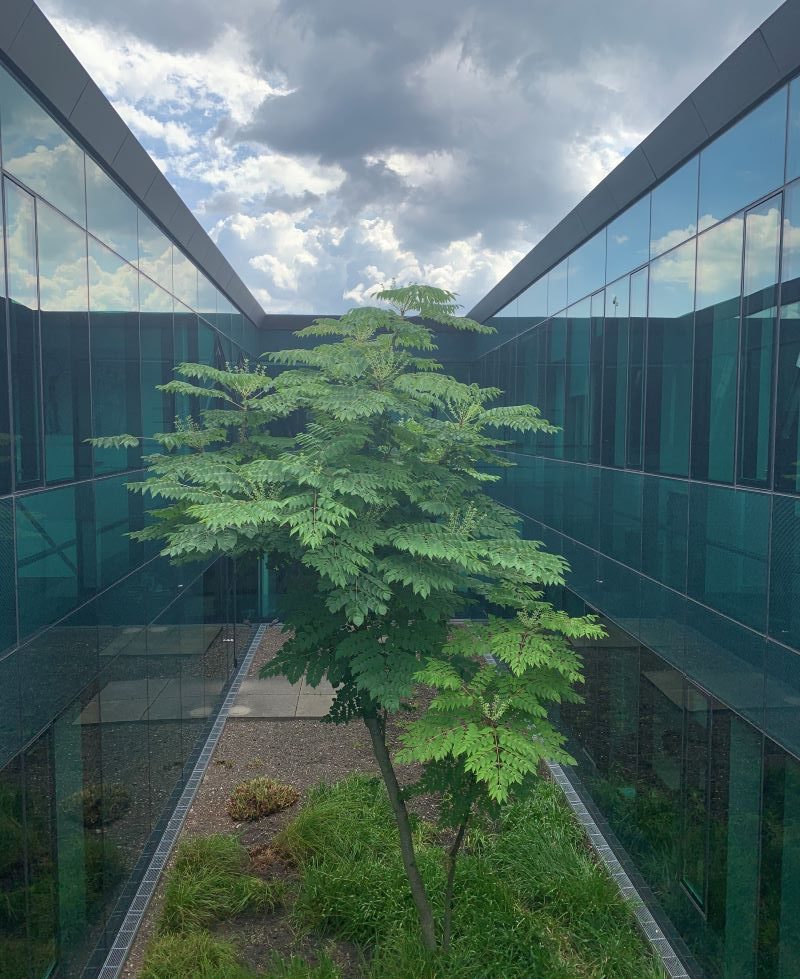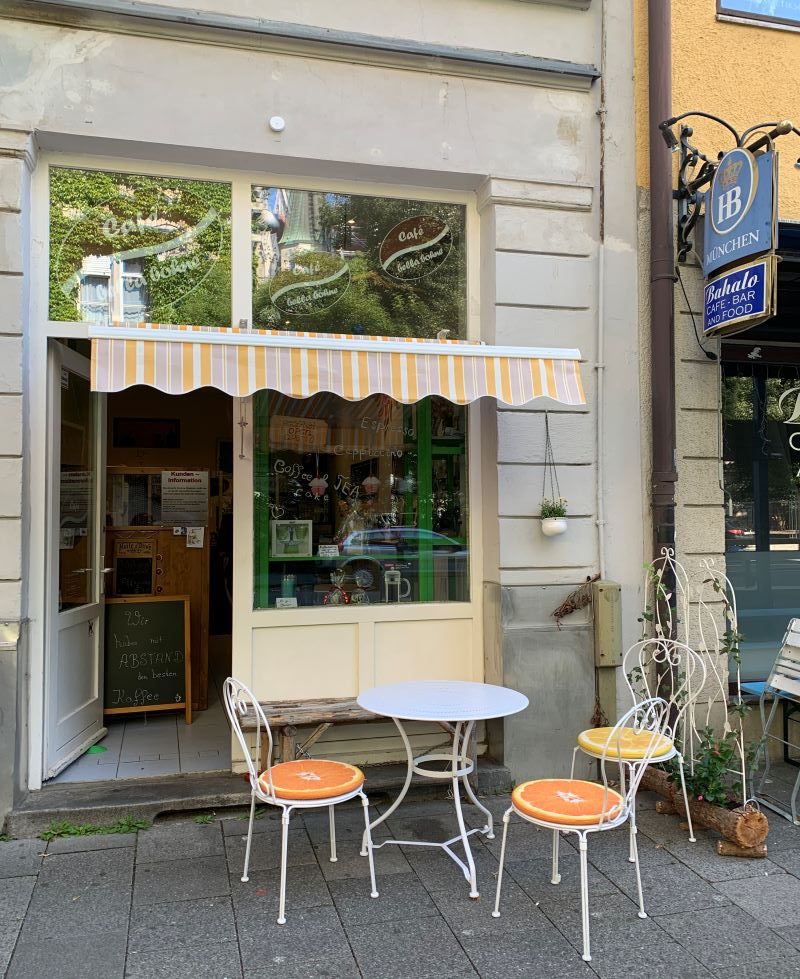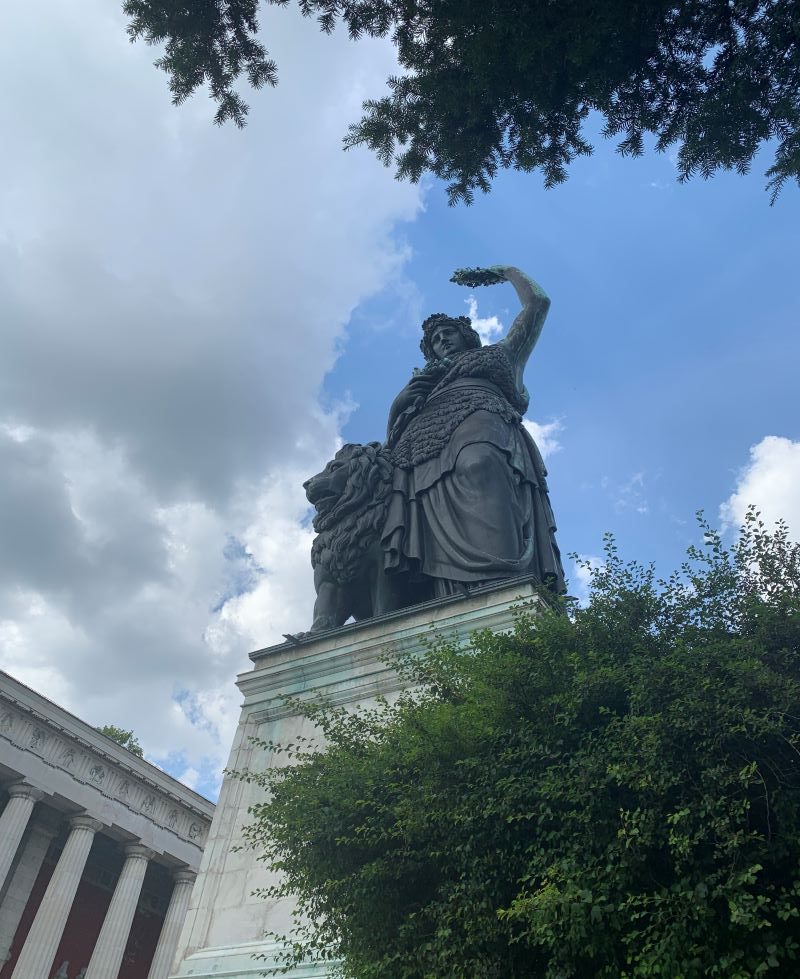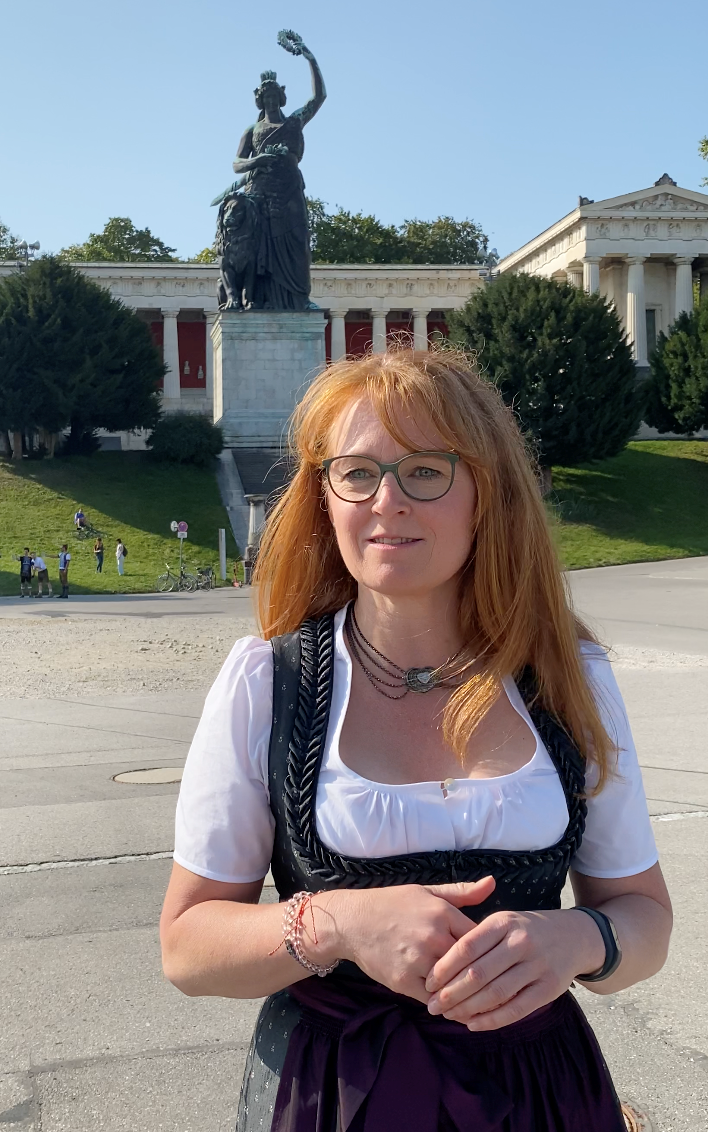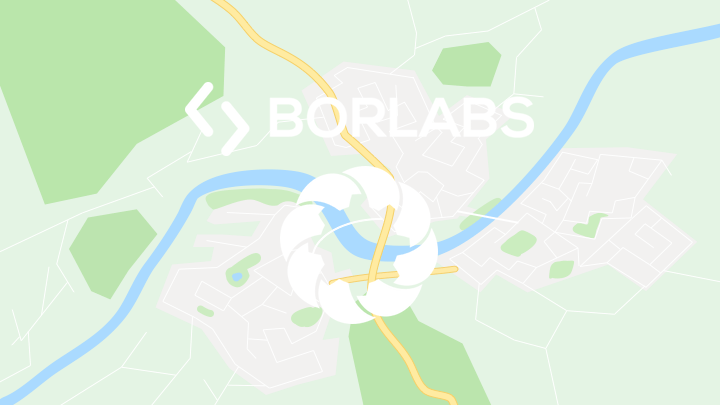Where the Oktoberfest is at home
From St. Paul up to the Schwanthalerhöhe
| Join me in discovering the Bavariaring with its stately Wilhelminian-era villas, an old spa bath in new splendor, the former exhibition grounds, and a truly fantastic church—and, of course, Ilse, who, with her snail-like pace, shows us how to be comfortable! | |
 |
Get an overview of the Oktoberfest grounds and enjoy the white and blue sky you can see on the Theresienwiese – right in the middle of the city! |
| Join me as we take a look behind the (at least imaginary) scenes of the world's largest folk festival and discover what architectural highlights the Oktoberfest offers even when it's cancelled. |
Description:
It's hard to believe how many eye-catchers the short walk from the forecourt of St. Paul's Church up to Schwanthalerhöhe offers! But they sometimes go completely overlooked because people often only visit Theresienwiese when it's Oktoberfest. But if you want to take a closer look at the richly decorated facade of St. Paul's together with the magnificent art inside the church, this tour is just right for you. Along Bavariaring, we'll talk about the changes in the district, which are clearly evident in the former Brausebad (showroom). This is also where we find our entrance to the Oktoberfest grounds, where we'll naturally stop at the newly unveiled memorial to the victims of the Oktoberfest attack and look at the events between 1980 and the present day. Following Wirtsbudenstraße (restaurant street), our destination is the grand dame of the grounds, the Bavaria, at the foot of which we climb to the former banks of the Isar, which today is known by a not-so-nice name. Once at the top, we marvel at the architecture of the former exhibition center and learn why a sip of beer in Munich is not only a blessing, but also a charity. Our tour concludes with an architectural highlight before we can settle in at one of the bars in the Westend district. Why not join me on one of my favorite tours? Read more
Sometimes necessity is the mother of invention! The news that Oktoberfest wouldn't take place in fall 2020 hit me hard, not only professionally. I was also very sad that there was actually no reason to stop by the Theresienwiese. Quite wrong – as it quickly turned out. Because the area around the Wiesn is not only simply beautiful, but also rich in history. I had to experience this myself, and now I'm even more excited to be able to show my guests this diverse and exciting area!
And for all fans of the "Oktoberfest 1900" series, there's also a lot of interesting information – because, of course, the history of the Wiesn also plays a role in our tour. I'd also like to show you where the architect Emanuel von Seidl was able to observe the construction of his enormous beer palaces for the major Munich breweries in 1907, while they were being built as a response to the first large tent construction in the Wirtsbudenring in 1907.
And after taking a closer look at the Bavaria, we'll continue on to the current home of the Deutsches Museum's Transport Center. In my experience, this part of the tour always brings back particularly rich memories, as my guests from Munich, in particular, can still vividly recall when things were really busy here before the trade fair moved to Riem. But even today, it's not exactly quiet here, as the old congress hall continues to be used for many events. I'm curious to hear what connection you personally have with this extraordinary area!
The most important things in brief:
Meeting point:
At the newly designed St. Pauls Square, in front of the portal of St. Pauls Church
public transport:
Theresienwiese subway station, accessible by U4 and U5
Duration:
Can be booked as a 2-hour tour, can be extended as desired
Distance:
approx. 2 km
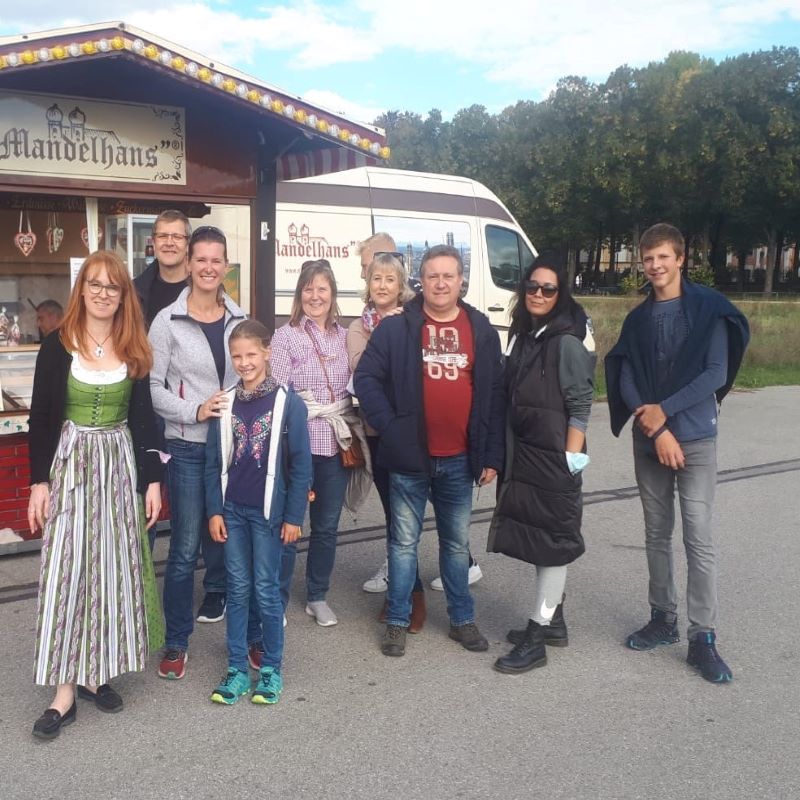
"We participated in the Oktoberfest tour with our soccer club—no Oktoberfest due to the coronavirus—and everyone had a great time. It was interesting, informative, and totally entertaining, and even for us Munich kids, there were plenty of new things and curiosities. From now on, city tours are only possible with Grit, thank you for a wonderful Sunday afternoon!
Diana Schmidt from Munich, September 2020
My tips for before and after our tour:
This walk can be perfectly combined with a visit to the Deutsches Museum's Transport Center—not only because the old exhibition halls are very impressive, but also because the exhibition on mobility is absolutely worth seeing! And the old models of bicycles, cars, and other vehicles are sure to make you feel nostalgic.
The surrounding districts also have a lot to offer, such as the Westend with its magnificent Wilhelminian-era workers' buildings and its many small cafés. If you're traveling with children, they definitely deserve a break after the tour at one of Munich's most beautiful playgrounds, just a stone's throw from the end of our tour. Or you can stroll back to Ludwigsvorstadt and treat yourself to a fragrant cup of coffee at Café Mariandl. Perhaps you could simply end the day on the steps of the Bavaria statue and dream of the next Oktoberfest...
Frequently asked questions:
We'd like to take the tour with friends. Would it be possible to have a beer during our tour?
With pleasure, we even have two different options: one nearer the beginning and one nearer the end. Both stops invite you to enjoy a tasty beer or a light snack. At the "Bad" (bath), we could even try the famous Gassenschänke (street tavern).
Will the plane crash that occurred right next to St. Paul's Church also play a role in the tour?
This tragic event certainly cannot be left unmentioned. Not least because, over 100 years ago, the architect Georg von Hauberrisser wanted to give his church a special significance through the height of the main tower. In 1960, the spire was the downfall of a small passenger plane that crashed nearby and onto a tram. This resulted in the deaths of 52 people and sparked the debate about the Riem Airport near the city.
Can the memorial for the victims of the Oktoberfest attack be visited at any time?
Yes, both the old Friedrich Koller monument, erected in 1980, and the new memorial are always freely accessible. The latter was designed by Monika Müller-Rieger and inaugurated on the anniversary of the attack in September 2020. The 234 figures represent the number of victims and make the incomprehensible at least more spatially comprehensible. Combined with the information on the individual steles, which is also available digitally, I consider this a successful form of remembrance!
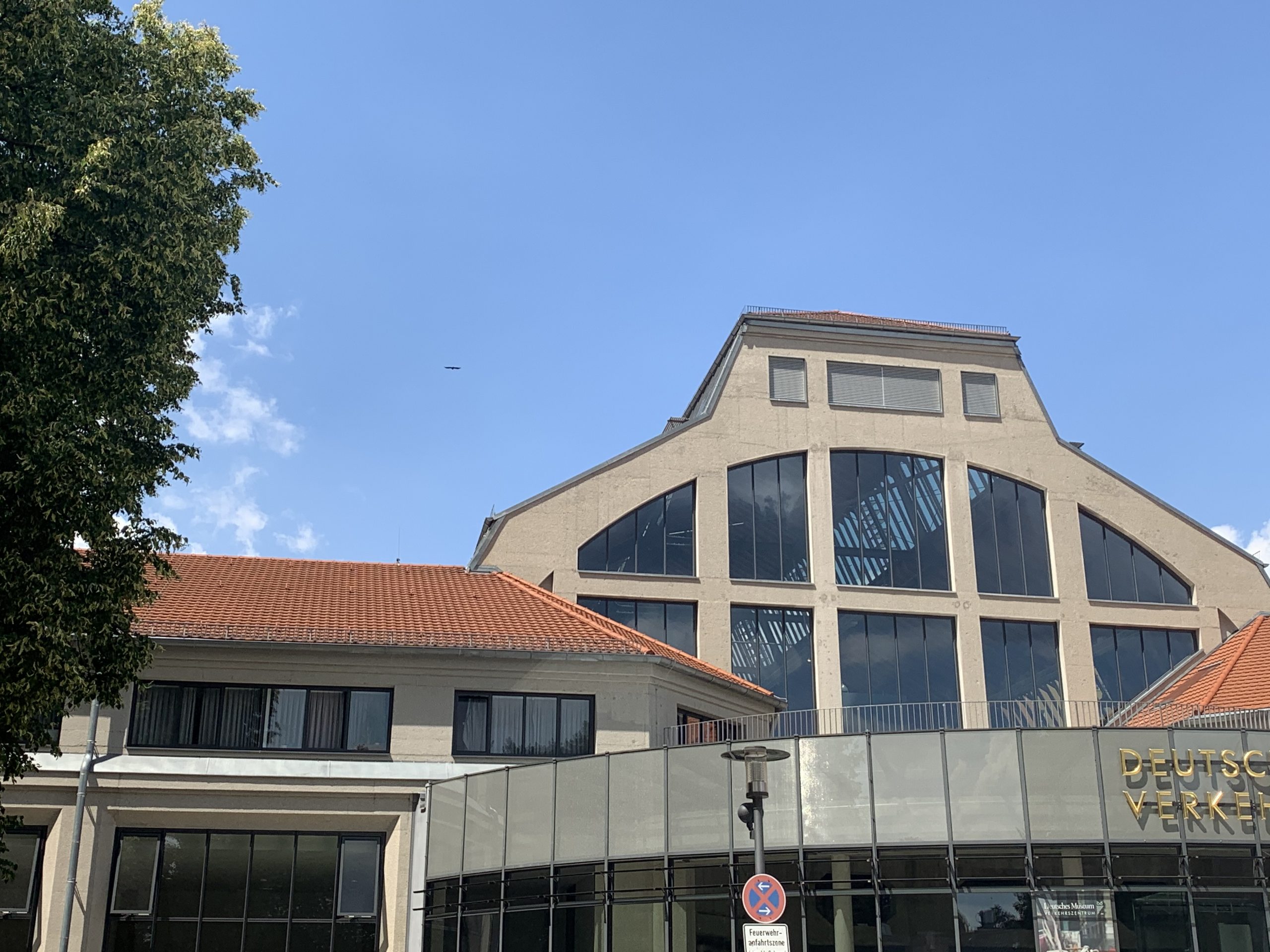
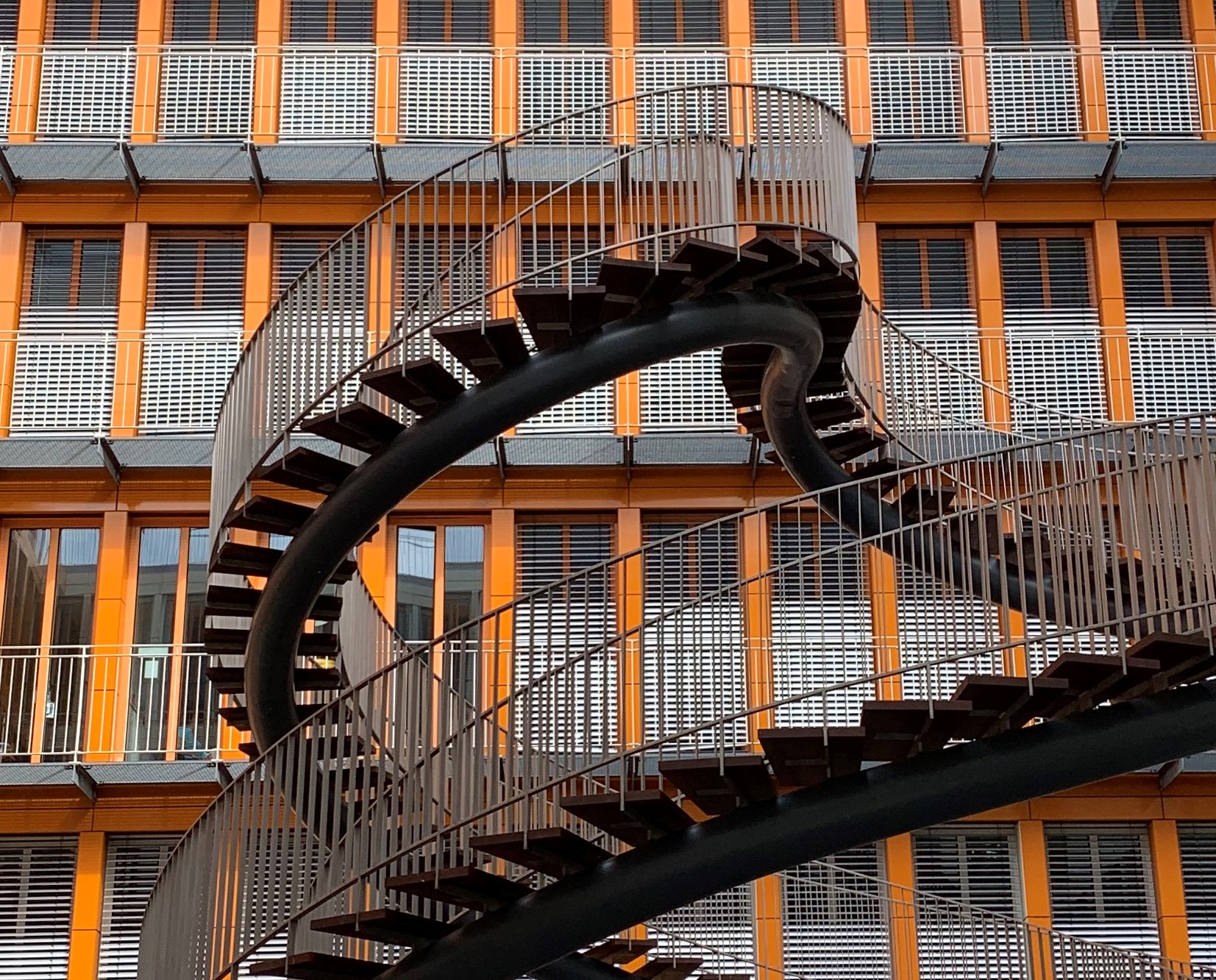
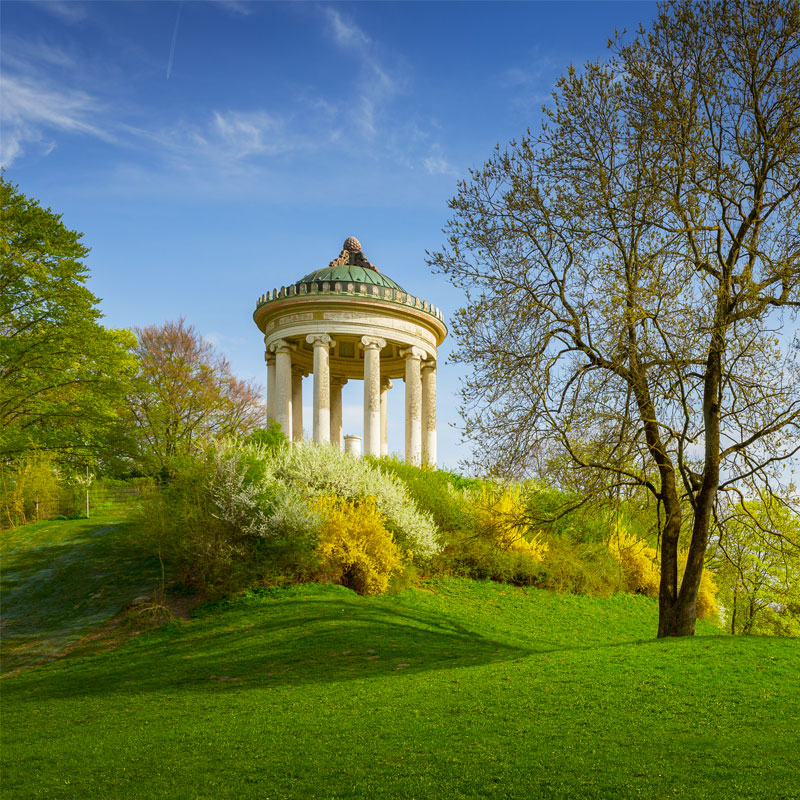
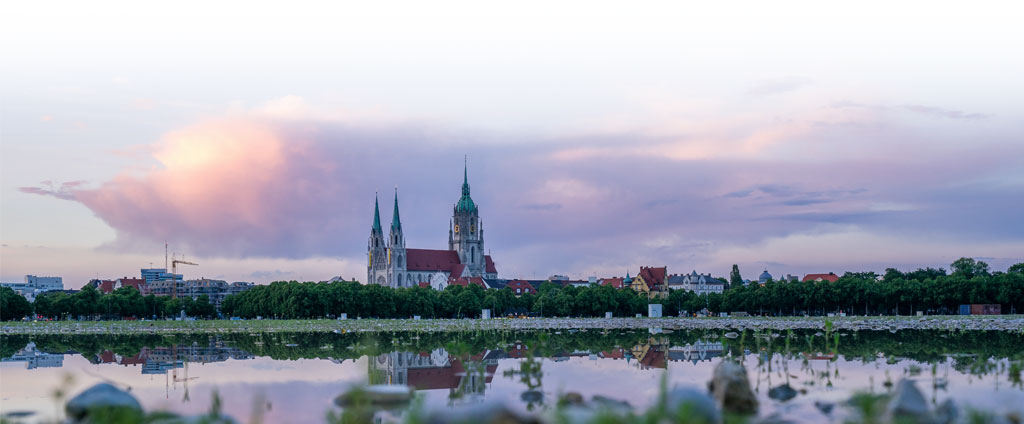
Still questions?
Write to me or just call me:
Grit Ranft
and the Dachau Concentration Camp Memorial
